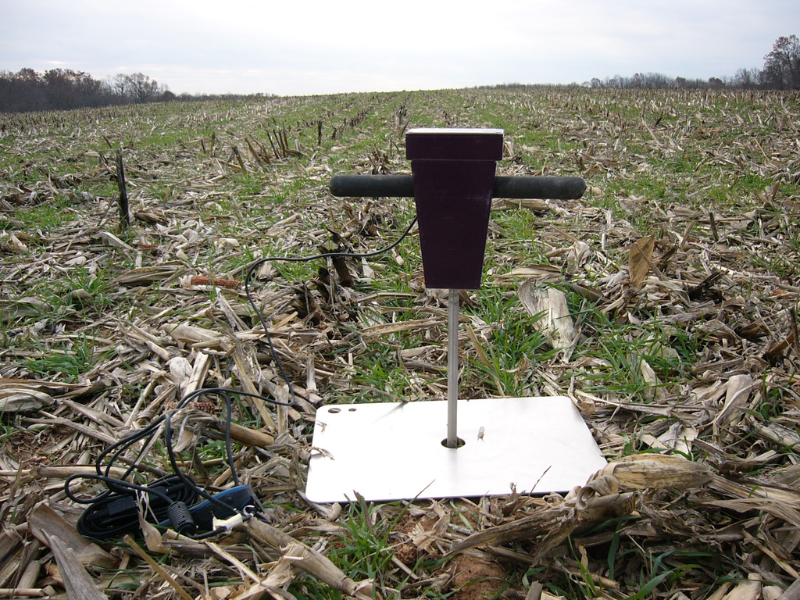Soil Science

Severe wildfires have become annual events in the United States. The years 2020 and 2021 were the worst in wildfire history in California. Other states – and countries – are at risk as well. Climate change is making wildfires more likely in some places. And with heavy populations residing in areas bordering wildlands and forests, many people are more likely to experience serious wildfires.

For many parts of the United States, winter weather can impact road conditions. To reduce hazardous conditions caused by snow and ice, many counties, municipalities, homeowners, and others use deicers. Salt is the most common option to treat roads.

Earth’s carbon cycle works on a global scale. But it can be affected by the tiniest of organisms: soil microbes. These microbes decompose organic matter like plant litter and dead organisms, and create simple carbon compounds. These simple carbon compounds can then be used by other organisms, or turned into gases (like carbon dioxide) and released into the atmosphere.

If you’re a gardener, you know that planting seeds in the ground doesn’t always mean you’ll have a good yield at the end of growing season. On a personal level, this can be disappointing. Farmers are in charge of growing dozens to thousands of acres of food. And, they face the same variability in the planting, growing, and harvesting processes as gardeners do.

Whether we like it or not, plastic is a major part of our lives. The production and use of plastics has been found to create a problem because “microplastics” are accumulating in our soils.

In the United States alone, a few dozen landslide deaths are recorded every year. They often happen when gravity pulls rocks and soil down an unstable slope. The trigger may be caused by natural events like rain or snowmelt. The extra water suddenly weakens the slope, and it gives way.

For more than four decades, biosolids have been applied to land and studied by researchers for many useful purposes. Biosolids are a product of the wastewater treatment process. Yes, that means sewage. However, the sewage is treated carefully to ensure it has beneficial properties and is not harmful.

Did you know one of the oldest life forms on Earth can be found in your backyard? Soil nematodes have been thriving in habitats around the world for at least 400 million years. Even though they are only 1/500th of an inch wide and 1/20th of an inch long, these worm-like animals are an important part in almost every ecosystem.

During heavy rains, Hawaii’s streams, rivers, and nearshore waters change on microscopic levels. Bacteria in these aquatic systems increase, and some of these bacteria can be harmful to human health. They can cause problems like gastroenteritis – also known as the stomach flu – as well as skin and respiratory diseases.

Winter grazing is part of what is called an integrated crop-livestock system. It is a process where livestock, such as cattle or goats, are allowed to graze a crop field during the winter. It is more common in climates with mild winters. Rather than eating the cash crop the farmer sells, the livestock eat the cover crop that was planted to grow over the winter.
